-

Fredericksburg & Spotsylvania
National Military Park Virginia
Sunken Road/Stone Wall Sector of Fredericksburg Battlefield
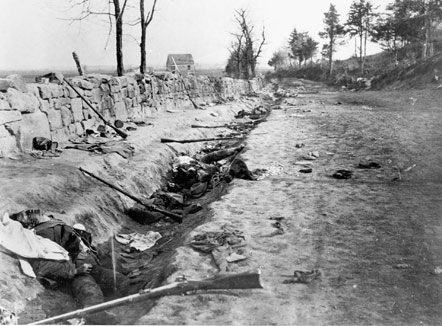
On May 3, 1863, this photo was taken during a second Battle of Fredericksburg which was part of the Chancellorsville Campaign.

This modern
photo was taken from about the same spot as the historic view above. In
the early 19th century a stone wall was built along this three block
section. During the first Battle of Fredericksburg on December 13, 1862,
the wall protected Southern soldiers fortunate to stand behind it.
Behind the wall, only around 300 Confederate soldiers were shot. By
contrast in front of the wall, approximately 8,000 Union soldiers were
hit. After the war, much of the wall was removed. A portion was rebuilt
in the 1930's and in 2004.
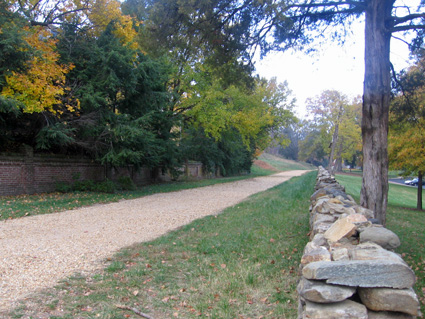
Sunken Road
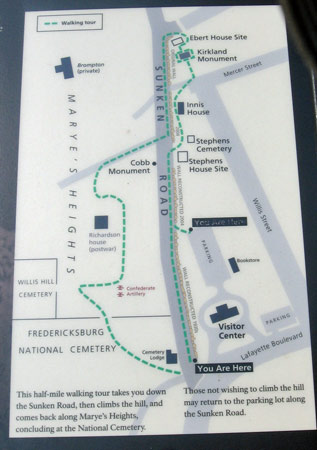
Map of Sunken Road/Marye's Heights walking tour
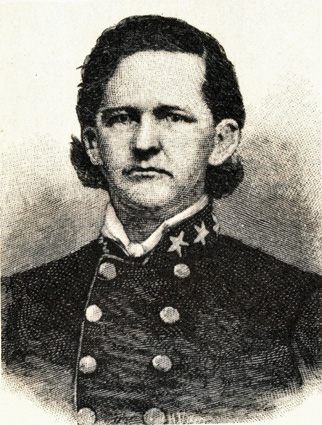
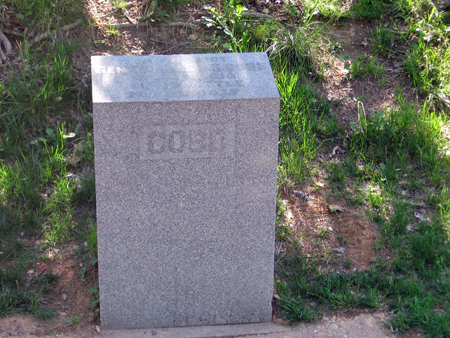
Several years
after the war, Rufus B. Merchant, a former member of Cobb's Legion,
suggested that the state of Georgia purchase Martha Stephens's house
along the Sunken Road and create a small park in memory of Cobb's
Georgia Brigade, the centerpiece of which would be a monument to Cobb.
Merchant found some support, but the Cobb family disapproved fearing
that a public fundraising effort might "have the semblance of
ostentation, and perhaps excite jealousies...." Instead the family
erected a small monument, shown here, in 1888 on or very near the spot
where Cobb was mortally wounded.
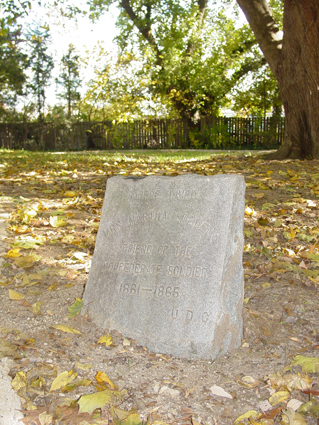
Martha Stephens
(also spelled Stevens) lived along the Sunken Road. She had several
common law husbands and interchangeably used three different last names,
apparently a reflection of her mood at the moment. She also owned the
adjacent Innis House, one of her other last names. Martha's social
status rose considerably in the aftermath of the Battle of
Fredericksburg because of her help to Confederate soldiers. This
monument was erected to her by the United Daughters of the Confederacy
and dedicated on December 18, 1917. The inscriptions states "Here Lived
Mrs. Martha Stephens Friend of the Confederate Soldier, 1861-1865 U.D.C.
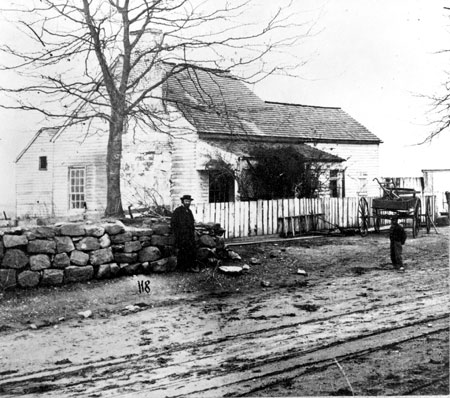
The Stephens
House was built prior to the war and lived in by Edward Stephens and his
common law wife, Martha Stephens who interchangeably used three last
names in written records. During the Battle of Fredericksburg it was
used as a headquarters by General Thomas Cobb and General Joseph
Kershaw.
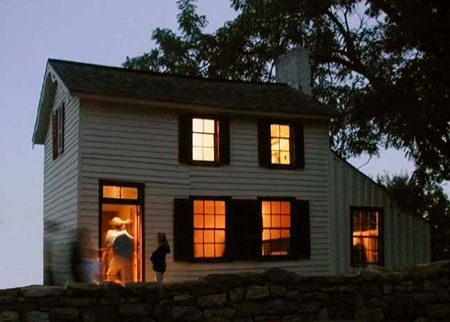
The Innis House
was built about 1861 on property owned by Martha Stephens. In 1861 it
was lived in by John Innis, one of Martha's common law husbands. Today
it is owned by the National Park Service and is open on special
occasions such as during the anniversary of the battle and on the
Saturday evening of the Memorial Day weekend.
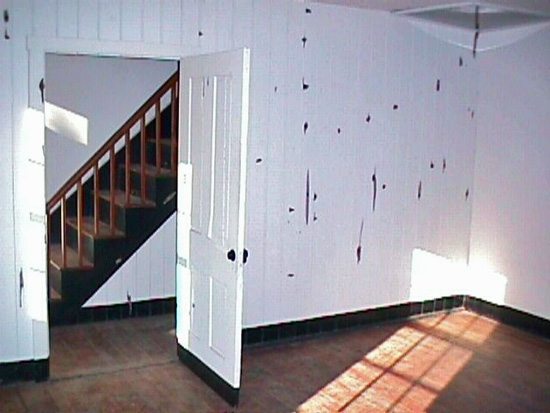
The Innis House
was lived in until the 1970's. After the house was sold to the park,
restoration work returned the house to its 1862 appearance. Work crews
removed modern layers of wood and wall paper revealing hundreds of
bullet holes like the ones seen here.
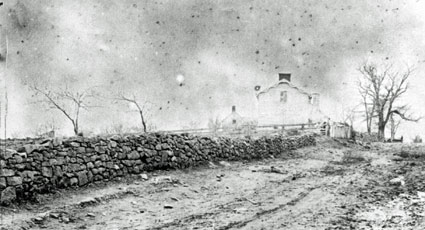
This 19th century view shows the Sunken Road, Stone Wall and Innis House.
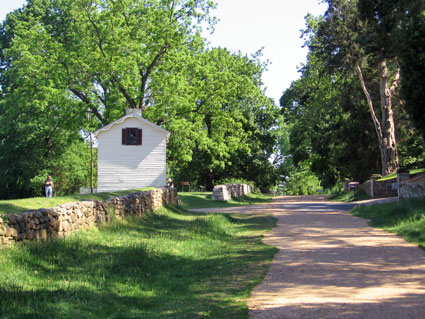
This modern
view is from about the same place as the photo above. Note the stone
walls on both sides of the road which are original. Also note that the
road is sunken in this section. The wall beyond the Innis House was
rebuilt in 2004.
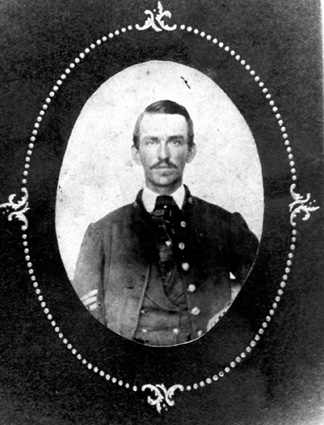
Richard Rowland Kirkland, 2nd South Carolina Regiment
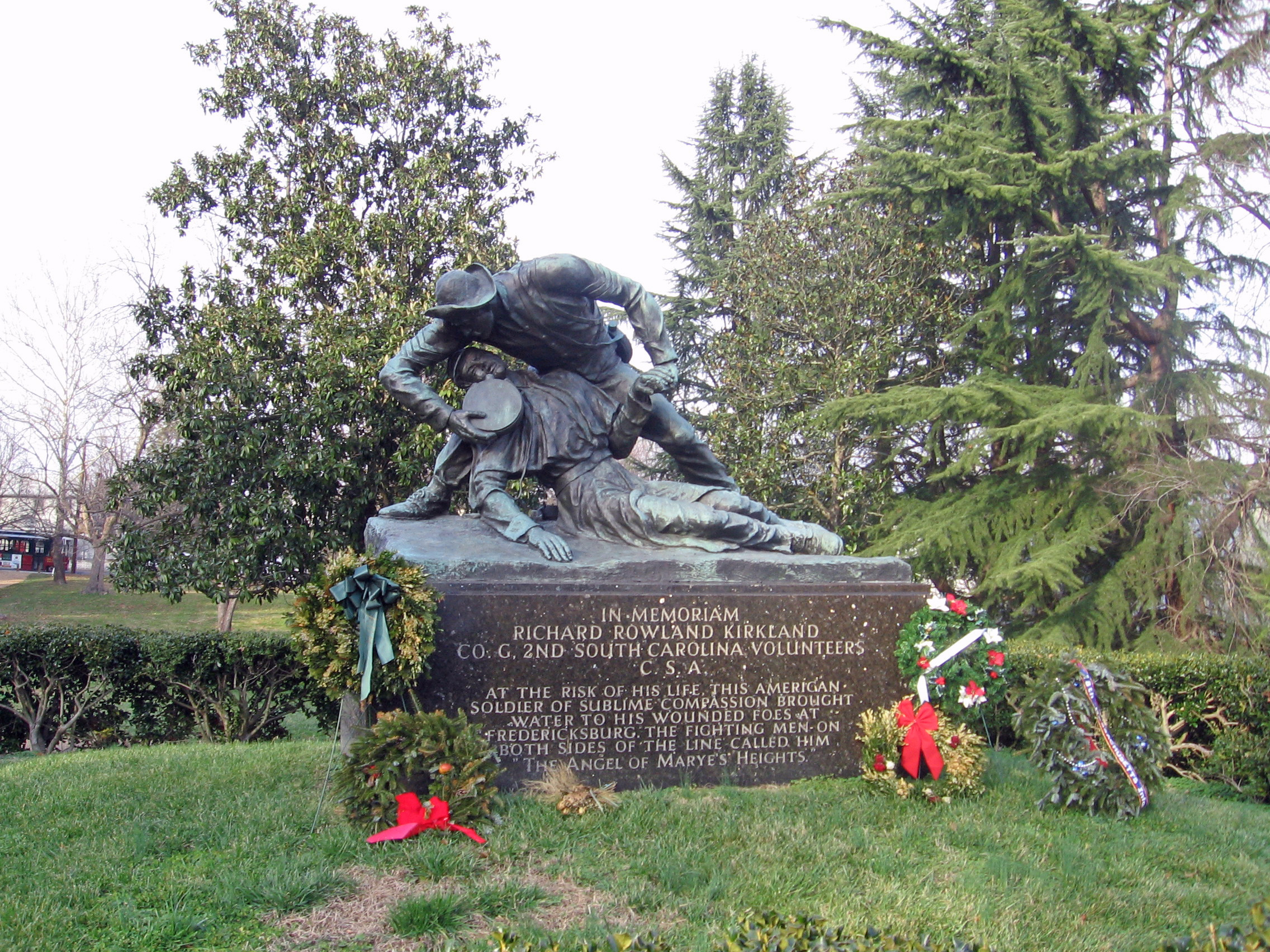
The monument to
Richard Kirkland was due to Dr. Richard Lanier, a local dentist and
director of the Fredericksburg Centennial Commission. He persuaded both
the South Carolina and Virginia legislatures to supplement his fund
raising drive. The monument was dedicated on September 29, 1965.
World-renowned sculptor Felix DeWeldon created this impressive work of
art. Since most of the land was in front of the stone wall had long
before been built upon, the monument was erected on a small piece of
land owned by Mary Washington College that was transferred to the
National Park Service in 1987.
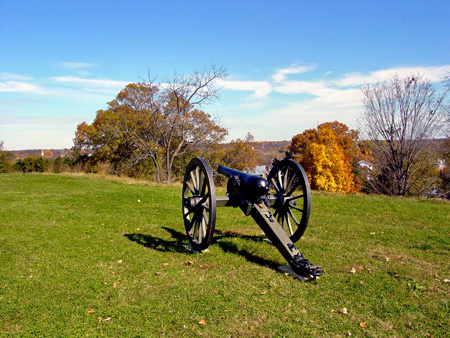
Cannon on Marye's Heights
|
Did You Know?
 William Fitzhugh was the grandson of Robert "King" Carter and the
grandfather of Mrs. Robert E. Lee. His wife was the second cousin of
Thomas Jefferson.
William Fitzhugh was the grandson of Robert "King" Carter and the
grandfather of Mrs. Robert E. Lee. His wife was the second cousin of
Thomas Jefferson.
No hay comentarios:
Publicar un comentario